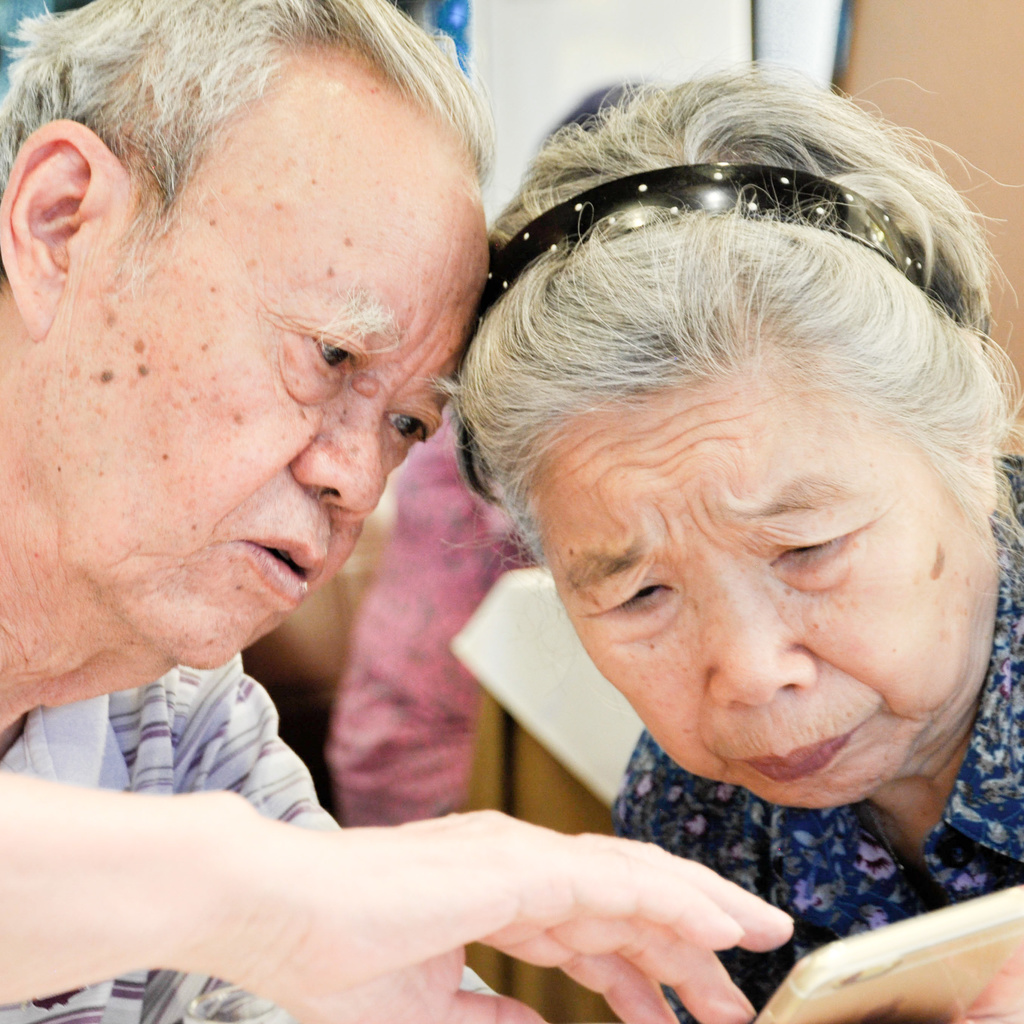TelehealthThe importance of using technology to access to health care was underscored in 2020 as the COVID-19 pandemic surged through the nation and demanded social distancing to reduce risks of contagion. The novel and deadly virus highlighted the value of TELEHEALTH for the delivery of health services, particularly to older people who are often at higher risk for poor outcomes by having multiple chronic conditions. The Center fully supports telehealth delivery of care to older people as important option for their ongoing care and treatment, not just during the pandemic. Our aim is to advance best practices through training, adoption in practice, and linkages to expert resources for students, faculty, practitioners, and community members alike. |

Immersive Experiential Learning in Telehealth

Challenges to Teaching Telehealth

Providing Virtual Care by Telehealth

Evaluation of Student Care Provided via Telehealth

Telehealth Basics for NP Practice

Telehealth and Dementia: Best Practices in the Care of the Older Adult Population
Telehealth is an increasingly important and popular service delivery approach, one that overcomes many barriers related to travel and waiting to see health providers. This program offers an overview of telehealth, including discussion of best practices, strategies, and potential barriers, with a focus on the pros and cons in the care of older adults, and specifically with persons living with dementia. Author: Krista Ford, DNP, ARNP,FNP-C, Clinical Associate Professor, College of Nursing.
Teleconferences
PREVIOUS TELECONFERENCE HANDOUTS:
- August 14, 2020: Advancing Telehealth Best Practices Among Student Learners: Perspectives for Faculty and Clinical Providers by Alice Teall, DNP, APRN-CNP, FAANP
- August 14, 2020: Teaching Telehealth: Challenges, Competencies, and Strategies to Incorporate Telehealth into Curricula by Alice Teall, DNP, APRN-CNP, FAANP
Additional Resources
There are many excellent telehealth-related resources available online today. The following resources were selected for inclusion on our webpage because of their quality and relationship to building competencies in telehealth service delivery. Please note that each refers to one or more competency in the list. Although this list of competencies targets nurse practitioners, we believe they apply to quality services across disciplines.
National Organization of Nurse Practitioners Faculties (NONPF) Telehealth Competencies:
- Telehealth etiquette and professionalism while videoconferencing
- Skills in using peripherals, such as otoscope, stethoscope and ophthalmoscope.
- An understanding of when telehealth should and should not be used
- An understanding of privacy/protected health information (PHI) regulations
- Proficiency in the use of synchronous and asynchronous telehealth technology
- Knowledge of appropriate documentation and billing of telehealth technology
- An ability to collaborate interprofessionally using telehealth technologies
- Proficiency in taking a history, performing an appropriate physical exam, and generate differential diagnoses using telehealth
Virtual Visits: A Complete How-To Guide for Performing Virtual Visits
- Description: A quick guide to virtual visit goals, recommendations for preparation by clinicians and patients, and best practices for virtual visits.
- NONPF Competencies Addressed: 1
7 Steps to Educating Patients about Telehealth
- Description: Tips on how to talk to patients about the telemedicine services.
- NONPF Competencies Addressed: 1
American Medical Association (AMA) Advocacy Resource Center
-
Description: A compilation of state laws related to telemedicine laws or regulations that define establishment of a patient-physician relationship for treatment telemedicine.
- NONPF Competencies Addressed: 3
When Can Telehealth Replace In-Person Care?
- Description: Tips to help patients and staff make sense of when to use telehealth.
- NONPF Competencies Addressed: 3
Using Telehealth to Reimagine Online Nursing Education at Ohio State
- Description: A look at a non-traditional approach being used to teach remote nursing students the skills and tools.
- NONPF Competencies Addressed: 1, 5
An Interdisciplinary, Multi-Institution Telehealth Course for Third-Year Medical Students
- Description: A research article providing an innovative telehealth training experience for third-year medical students.
- Appendix 1: Checklist for Students and Faculty Observing Third-Year Medical Students Completing a Videoconference-Based Telehealth History and Physical During a Required Telehealth Pilot Course
- NONPF Competencies Addressed: 1, 2, 5, 8
- Appendix 1: Checklist for Students and Faculty Observing Third-Year Medical Students Completing a Videoconference-Based Telehealth History and Physical During a Required Telehealth Pilot Course
American College of Physicians (ACP)
- Description: Guidance on clinical use cases, technology, regulations and waivers, and billing and coding and incorporation of telehealth in clinical practice.
- NONPF Competencies Addressed: 3, 6
How Can Different Medical Specialties Collaborate Through the Use of Telemedicine?
- Description: An article discussing benefits and challenges related to telemedicine being used collaboratively between different medical specialties.
- NONPF Competencies Addressed: 7
Telehealth & eHealth in nurse practitioner training: current perspectives
-
Description: This article provides an overview of both the topics and the techniques for training nurse practitioners and nurse practitioner students in telehealth.
- NONPF Competencies Addressed: 1, 2, 3, 4, 5, 6, 7, 8
- Description: This annotated reference list offers a broad view of web-based telehealth resources that may be of interest to users.
We gratefully acknowledge support from the Woodrow Morris Visiting Professor Fund, College of Nursing; the Health Resources and Services Administration (HRSA) Geriatric Workforce Enhancement Program COVID, project #T1MMP39049; and College of Nursing Faculty and Faculty Practice leaders.